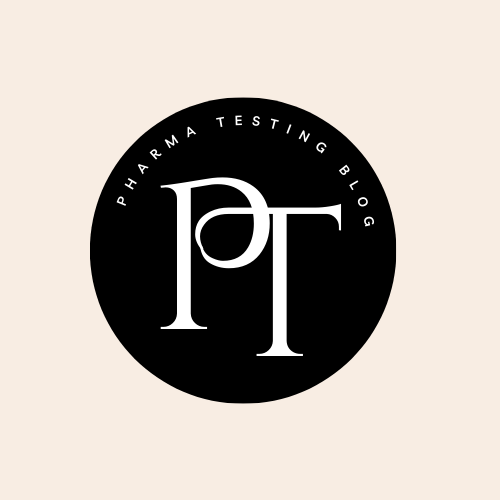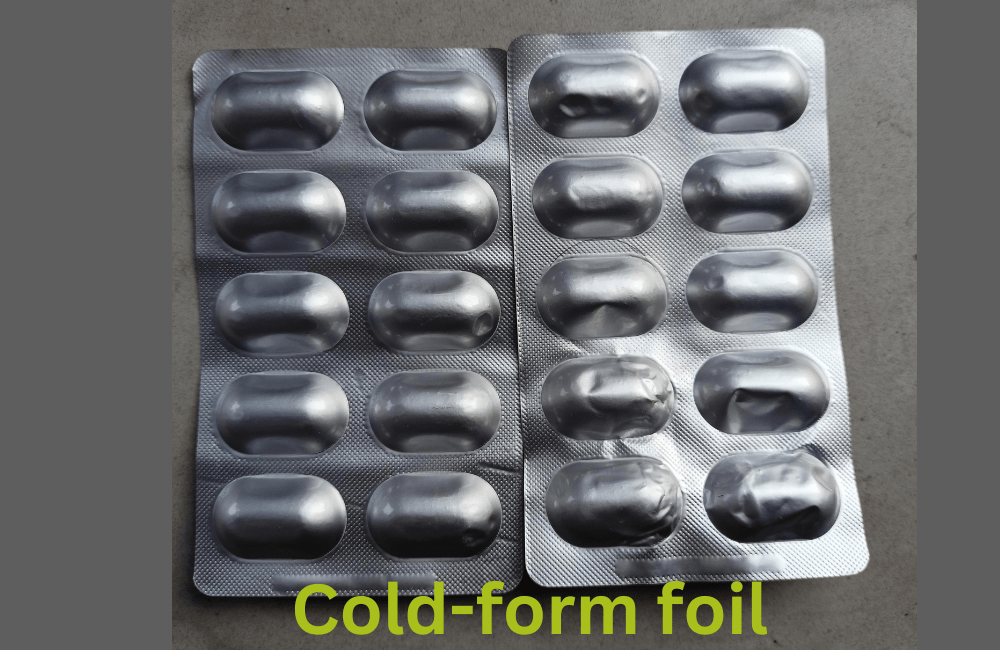Child-resistant foil is in direct contact with drugs so it is a primary packaging material.
The pharmaceutical blister foil has two parts, the cold-form foil and the lidding foil, the lidding foil is the upper part of the blister packaging. Child-resistant foil is a type of Lidding foil. So it is also called Child-resistant blister lidding foil. It’s made from a thin layer of aluminium foil laminated with paper, polymer (Like PET, PVC, LDPE), and other materials. The child-resistant lidding foil is a combination structure of Paper-polyethylene terephthalate-aluminium-heat seal Lacquer. It is made four-layer structure of foil
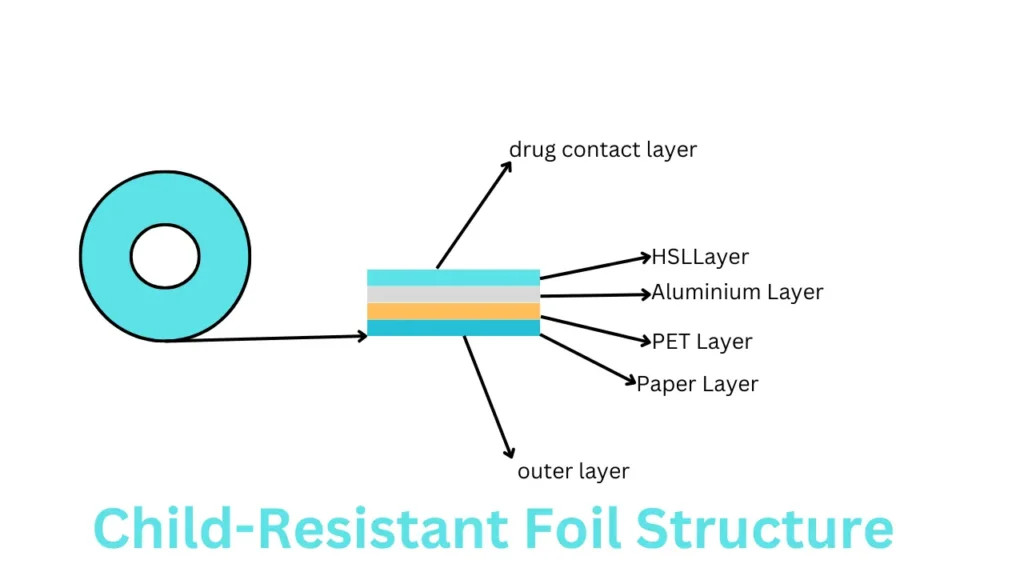
This foil ensures that no child opens the packaging successfully. However, adults can still open such packaging by peeling the back of the packaging by pushing the tablets or the capsule. Its foil has good moisture, vapor, and the self-life of the product.
It plays an important role in packaging material of pharmaceutical products, so we ensure the foil quality is better, follows some parameter
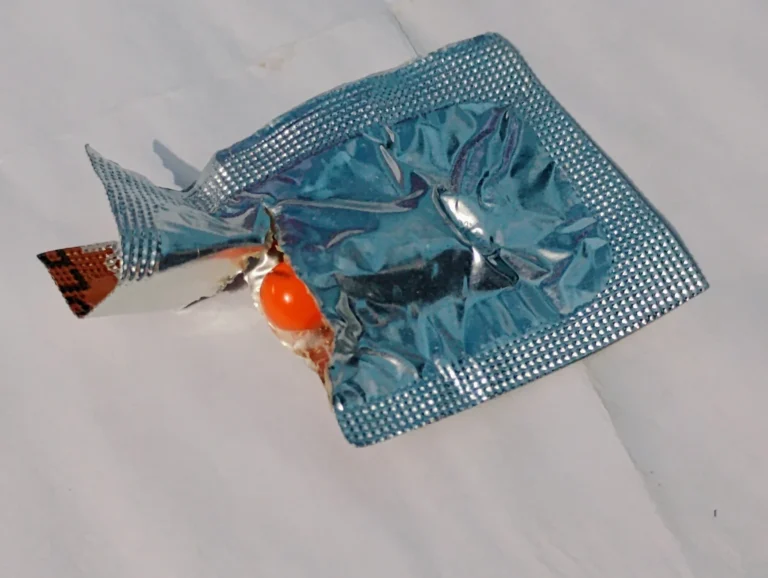
1. Description:
soft tempered aluminium foil laminated with paper with PET film on the dull side and heat seal lacquer on the bright side.
2. Color scheme/ test matter:
if the sample is printed sample is compared with the shade card or artwork
3. Width:
Measure the width of the sample with the help of a measuring scale. Take the readings one by one and record them. Its tolerance ±1mm
4.Inner core diameter:
Measure the inner core diameter of the sample with the help of a measuring scale. Take the readings one by one and record them. Its tolerance ±1mm
5. Identification by FTIR:
this test is performed by the FTIR Instrument. Child-resistant foil is the contact layer of Heat Seal Lacquer, so the identification test is performed on the Heat Seal Lacquer, then the Zeon standard and Heat Seal Lacquer side sample.
We took sufficient samples of the Child-Resistant foil, calibrated the FTIR Instrument, scanned the Zeon standard, and took the specimen with sufficient samples of the Heat Seal Lacquer side of the Child-Resistant foil. Zeon plotted the graph at the 3800-650 cm-1 wavelength number.
The spectrum obtained from the specimen exhibits major absorption bands only at the same wavelengths as the spectrum of Heat Seal Lacquer RS.
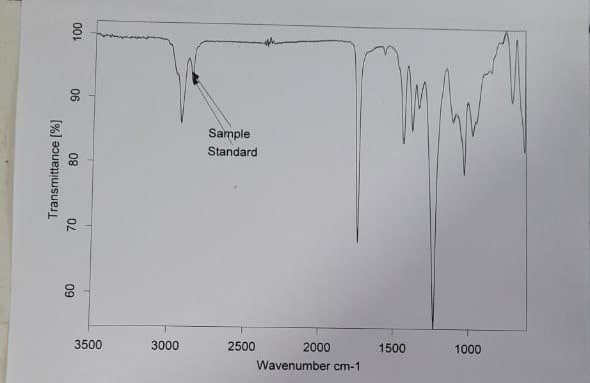
6. Grammage of Child-Resistant foil (PAPER/PET/ALU/HSL) film:
- The foil is the four-layer structure we separated layer serial-wise
- HSL– PAPER–Polyethylene terephthalate–Aluminium Layer
- Total Grammage– Take the sample of a combination layer of paper/ Polyethylene terephthalate (PET)/Aluminium/Heat seal lacquer. Cut the sample of 10 x 10 cm with the help of a GSM plate. Take the Weight of an analytical balance.
- Total GSM = weight of sample in gram x 100 (if the sample cut out 10 x 10 cm )=G
- For HSL Lacquere: Dip the cotton in ethyl acetate and rub the sample on the HSL Coating Layer side remove the coating dry the sample at room temperature and take the weight of the sample.
- GSM of Remaining Sample = weight in gram x 100 (if the sample is cut 10 x 10 cm)=G1
- Grammage of HSL Layer = G-G1
- For the paper layer: Take the remaining sample and immerse the sample in a beaker containing hot water for 30 min. use a clean cloth to remove a paper layer from the aluminium layer. Dry the sample at 1050 for 2 min. Weight the sample at analytical balance.
- Grammage of reaming sample = Weight of sample in gram x 100 (if the sample is cut out 10 x 10 cm )=G2
- Grammage of paper layer = G1-G2
- For PET and Aluminium layer: Take after separating the paper immersed in boiling 25 % solution of glacial acetic acid in water. Kept the sample for 5 min and checked the separation of Polyethylene terephthalate (PET) and Aluminium foil. if the sample did not separate the layer the sample again boiled the solution till separation the layer. separation of both layers dried in the layer oven at 750c for 2 min. then take the weight
- Grammage of PET Layer = weight in gram x 100
- Grammage of Aluminium Layer = weight in gram x 100
7.Thickness:
Measure the Total thickness of the sample with the help of a Digital micrometer. Take the readings one by one and record them. Its tolerance ±10 %
8. Pinhole:
the selected sample of Child-resistant foil. Put the sample on the illumignifier tester’s bench and check that the sample has no holes.
I am Maneesh Maurya a professional pharmaceutical blogger from India having rich experience in the pharmaceutical Quality control field.
